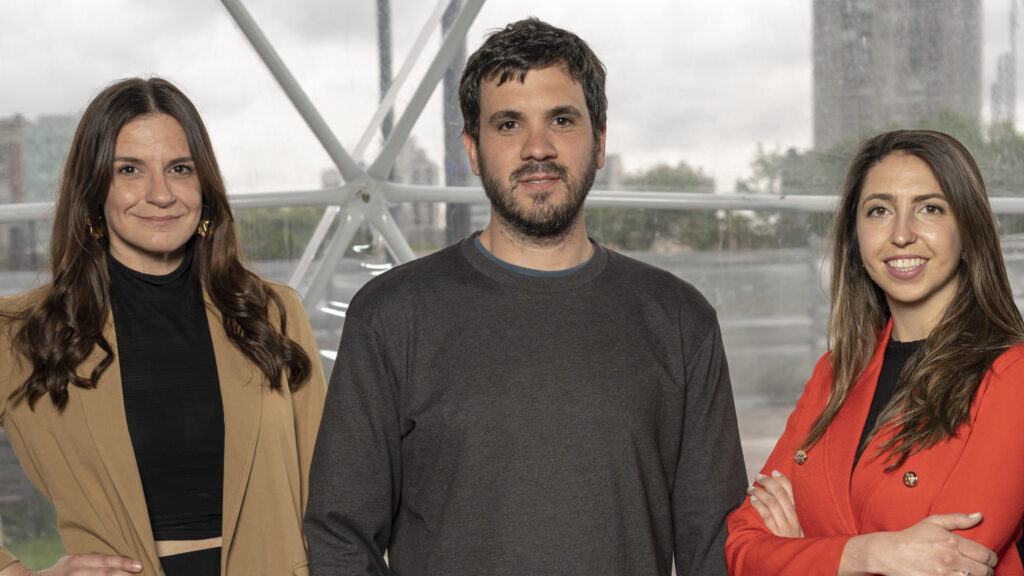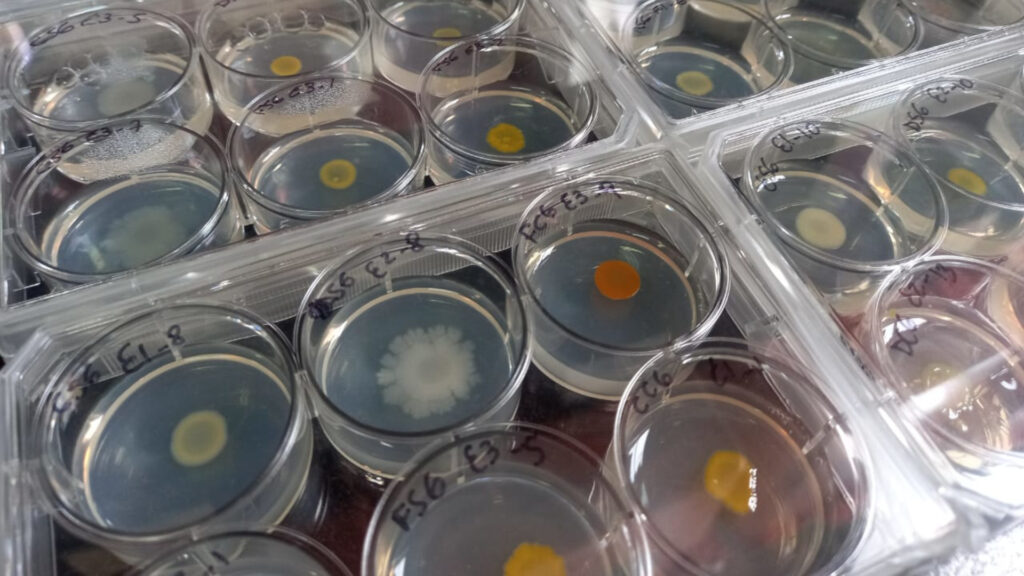At Argentinaa scientist has discovered a way in which she can contribute to the fight against the disease. climate change through the biotechnology.
Maria Martha Martorell is a biotechnologist and biochemist who has specialized in the study of the relationship between the microorganisms and the plants. Their research has shown that this association can restore contaminated soils and bring them back to life.
With regenerated soilsnot only increases the biomass and biodiversity, but also increases the capacity of the plant to sequester carbon.
The site iProUpspecialized in news of startups, innovation and new technologies highlights that the Argentine scientist joined forces with her colleague Francisco Massot to co-found Nunatak Biotecha startup that provides nature-based solutions for the environmental restoration.
The origin of Nunatak biotech
The specialized site indicates that the origin of Nunatak Biotech originates from the research work that Martorell carried out as part of CONICET during six summer trips to the Carlini base, in the 25 de Mayo Island which is located in the Antarctica.
There, the scientist was able to observe the Antarctic Deschampsiabetter known as Antarctic grass which is one of only two phanerogamous vascular plants native to that continent.
This Antarctic grass survives on low nutrient content, withstands the high ultraviolet radiation of summer, the darkness of long winters, snowstorms, temperatures below -20°C and winds exceeding 120 kilometers per hour.
To a large extent, it does so because of the microorganisms present in its roots. In fact, the scientist's discoveries about the filamentous fungi present, both on that and subsequent trips, inspired a dozen publications in journals such as Antarctic Science, Journal of Basic Microbiology or Polar Biology, the publication notes.
It was Francisco Massot who encouraged Martorell to combine their talents to create a startup they called Nunatak BiotechThe name of the island is a reference to a 280-meter-high mountain peak located on the island where he made his scientific expeditions.
"I had met Elisa Bertini (who launched Puna Bio as a CONICET researcher at the Microbiological Industrial Processes Pilot Plant in San Miguel de Tucumán) and knew she had obtained GRIDX funding. That is what I studied biotechnology for: to apply technological knowledge and knowledge of living beings for the production of goods and services. But I was not thinking about entrepreneurship. It was Francisco who invited me to join the team", he confirms.
"He was the one who suggested that my knowledge of fungi and his knowledge of bacteria, together with his studies on glyphosate soils, could be complementary. Thanks to that, we stayed at GRIDX and got the money to carry out our purpose," he says.
The development of the research
The GRIDX accelerator contributed US$200,000 in August, a fund with which the ambitious project of Nunatak Biotech went from being a chimera to a reality.
Later, the team was joined by Julia Mensawith experience in coordinating the internationalization and export development of technological services from the ProCórdoba Agency.
"We decided to focus on a biotechnology platform fed by a database on soils, plants, fungi and bacteria to identify the best plant-microorganism interactions in a variety of affected environments," he defines.

Based on what he observed in the Antarctic grass, he hopes to decode the language that communicates between plants and microorganisms to favor their coexistence in such adverse circumstances.
Because Deschampsia antarctica is protected by the Antarctic Treaty, it is not part of the Antarctic shelf enhancement. Nunatak BiotechHowever, they have concentrated on one plant of the same genus, the Deschampsia cespitosaand half a dozen other grassland species, together with the soil associated with their roots, which are found in Tierra del Fuego
The goal is to isolate hundreds of microorganisms linked to their growth in hostile terrain, sequence their DNA and make their way without hesitation among the small percentage that can be cultivated, to nourish the platform's database.

Biotechnology against climate change
Once this goal has been achieved, on the horizon, in front of the scientist and her co-founders, will lie the gleam of the patent, whose processing is expected to begin in Argentina and the United States during the second half of 2024.
The idea is to validate a technology that is suitable for accelerating reforestation, conservation and improved forest management projects to apply to carbon credits and contribute to combating climate change.
According to Bioremediation Market Size, Share & Trends Report, by consultancy Grand View Research, the global bioremediation market size is nearly $15 billion and is expected to register a compound annual growth rate of close to 10% through 2030.
The segment of soil restoration embodies almost 40% of global revenues, and oilfields, which is growing even faster, another 20%, adding up to some 9 billion.
Martorell seeks to leverage the money to accelerate as much as possible the development of solutions that will not only restore degraded soils, but also help to tame the carbon dioxide emissions, moderate the global warming to 1.5°C above pre-industrial averages and prevent severe droughts, seven-sun heat waves and sea level rises from damaging our livelihoods, health and well-being.
Source: Iproup


